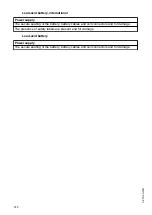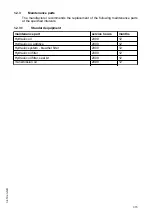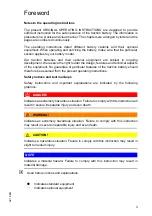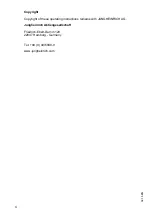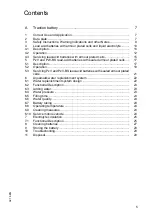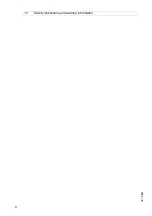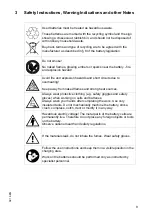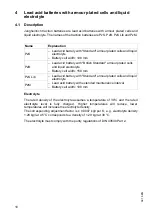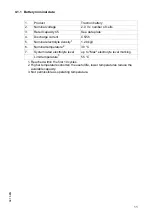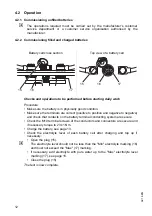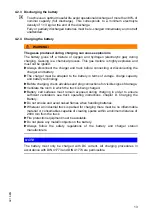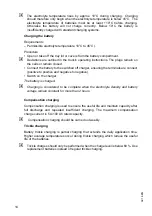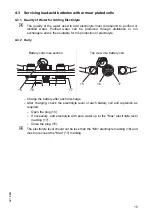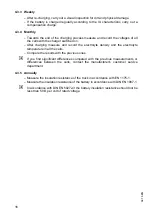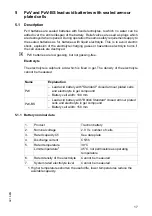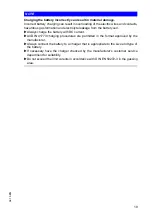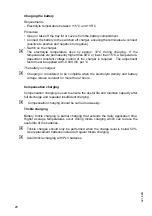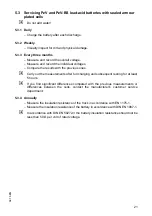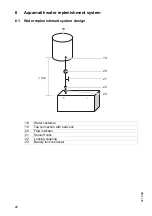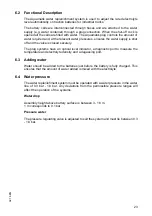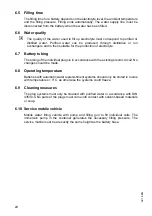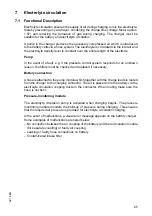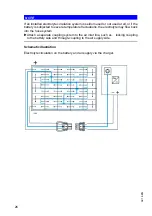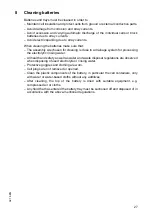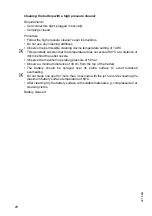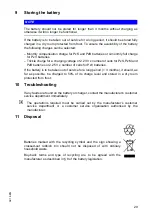
02
.1
6
EN
14
Z
The electrolyte temperature rises by approx. 10°C during charging. Charging
should therefore only begin when the electrolyte temperature is below 45°C. The
electrolyte temperature of batteries must be at least +10°C before charging.
Otherwise the battery will not charge correctly. Below 10°C the battery is
insufficiently charged with standard charging systems.
Charging the battery
Requirements
– Permissible electrolyte temperature 10°C to 45°C).
Procedure
• Open or take off the tray lid or covers from the battery compartment.
Z
Deviations are outlined in the truck's operating instructions. The plugs remain on
the cells or remain closed.
• Connect the battery to the switched off charger, ensuring the terminals are connect
(positive to positive and negative to negative).
• Switch on the charger.
The battery is charged.
Z
Charging is considered to be complete when the electrolyte density and battery
voltage remain constant for more than 2 hours.
Compensation charging
Compensation charging is used to ensure the useful life and maintain capacity after
full discharge and repeated insufficient charging. The maximum compensation
charge current is 5 A/100 Ah rated capacity.
Z
Compensation charging should be carried out weekly.
Trickle charging
Battery trickle charging is partial charging that extends the daily application time.
Higher average temperatures occur during trickle charging which reduce the useful
life of the batteries.
Z
Trickle charges should only be performed when the charge level is below 60 %. Use
replacement batteries instead of regular trickle charging.
Summary of Contents for EFX 410
Page 1: ...EFX 410 413 03 13 Operating instructions 51296679 04 19 en GB EFX 410 EFX 413 ...
Page 2: ...2 ...
Page 4: ...4 04 19 en GB ...
Page 12: ...0506 GB 2 0506 GB 2 ...
Page 72: ...70 04 19 en GB ...
Page 90: ...88 04 19 en GB ...
Page 250: ...248 04 19 en GB ...
Page 261: ...The Operator specific settings menu now opens 259 04 19 en GB ...
Page 376: ......
Page 380: ...02 16 EN 6 ...
Page 382: ...02 16 EN 8 14 Safety instructions and warning information ...
Page 404: ......

